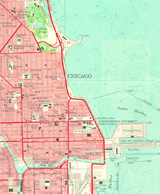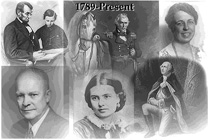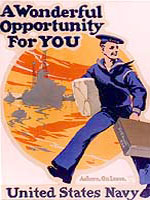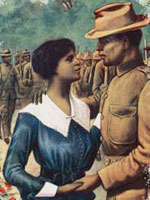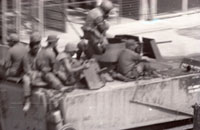The mission of the U.S. Air Force is to provide global air, space, and cyber intelligence, defense, and attack capabilities to the United States of America.
While all of the military branch sites seem to scatter the their historical information widely within their sites, this navigational difficulty is perhaps most pronounced on the Air Force sites. That said, the offerings could easily be applied in the classroom as early elementary activities through detail or visual aids for teaching military history in later high school.
Maybe you want to brush up on your own military history knowledge? If that's the case, your best bets are the short overview of Air force history; a collection of online history full-text books and pamphlets; or the suggested reading list, originally intended for airmen.
Short on time or looking for texts to share with your students? Try the speech transcripts from the past year, which may be useful for comparison to historical ideologies; online history essays and articles; or the brief overviews of popular topics, including aviation, WWI, WWII, Korean War, and Vietnamese Conflict history.
Other resources of note include lesson plans and teaching resource guides; a means of contacting historians, librarians, and volunteers who can answer specific questions; and a heritage page with focal sections on individual periods of time and a "this week in history" feature. Each time period link on the right side of the heritage page leads to relevant biographies, aircraft overviews, historical milestone lists, photographs, and artworks. Note that clicking on "more" for photos and artworks will take you to general image galleries, while the "more" function for people, technology, and milestones provides only information relevant to the selected range of time. The general image galleries, including history subsections, are divided into photograph and art options.
Finally, if you live near Dayton, OH, you could plan a trip to the National Museum of the U.S. Air Force. For those of you not in the area, the museum offers a virtual tour via podcast.
